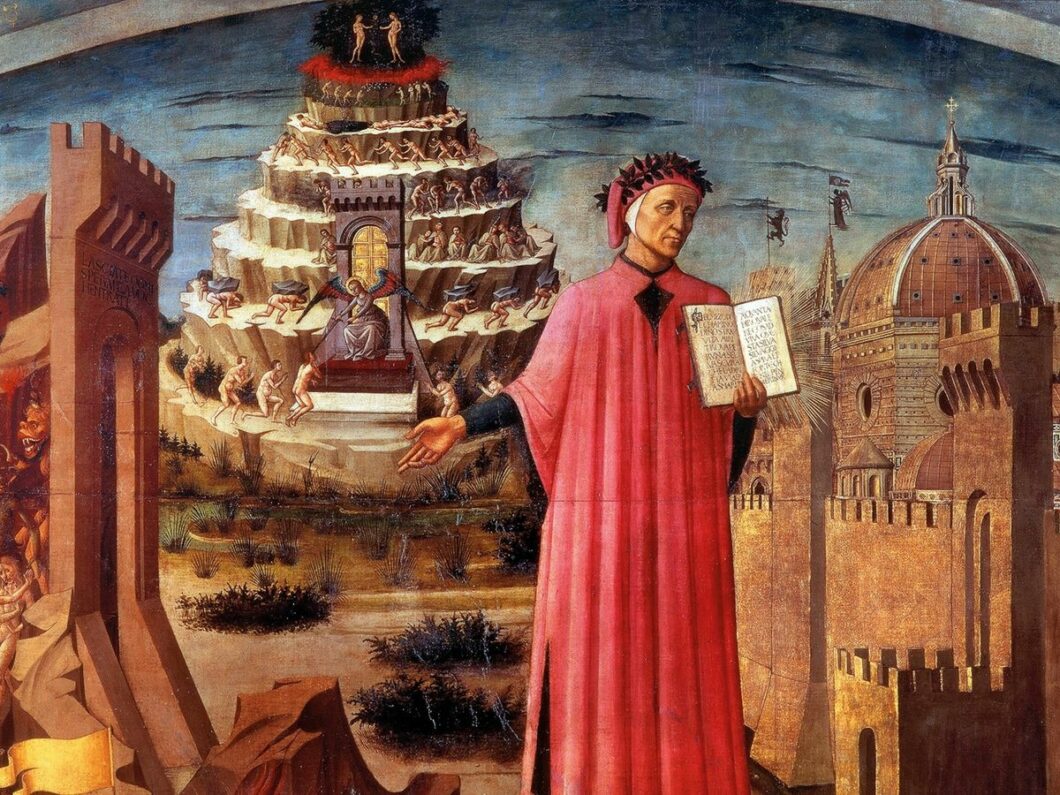Arts & Culture
Living In Italy
Travel In Italy
Journey through Hell – An Exploration of Dante’s Inferno
Dante’s Inferno is an epic poem that takes us on a journey through the depths of Hell, where sinners are punished according to the severity of their crimes. This imaginative work by Dante Alighieri is not only an allegory for the human condition but also a reflection of the political and social realities of his time that continue to relate to our contemporary world.
Dante’s Inferno has an intricate structure and is divided into nine circles where the sinners are punished according to the degree of their sins. Each circle represents a different level of Hell and is reserved for a specific category of sinners. Greed, lust, envy, pride, anger, gluttony, and sloth are some of the sins that are punished in these circles. This structure reflects the medieval view of the world as a hierarchy where the closer one is to God, the higher their status in society.
One of the most intriguing characters in Dante’s Inferno is Satan himself.
He is depicted as a grotesque monster with three heads, each chewing on a prominent sinner – Judas, Brutus, and Cassius. This image symbolizes the ultimate punishment for treason against God, the ultimate betrayal. Satan is not only a representation of an evil force but also a critique of the political leaders of Dante’s time, who were acting against the will of the people.
The other prominent character in Dante’s journey is Virgil, Dante’s guide through Hell.
Virgil is a representation of reason, logic, and classical literature. His presence symbolizes the importance of education and knowledge in society, especially for the rulers and leaders. Dante’s relationship with Virgil also represents his own struggle with his faith and reason, as well as his desire to reconcile the two.
Another key theme in Dante’s Inferno is the importance of repentance and redemption. Throughout his journey, Dante meets sinners who have repented for their sins and are now being purified. This image stands in contrast with the notion of unforgivable sin, where there is no chance for redemption, commonly associated with Christianity of that time. Dante’s portrayal of sin and redemption challenges the religious practices and thinking of his time.
The Inferno is an exploration of the human psyche, where each sinner embodies a different aspect of the human condition.
Through their sins, Dante explores the complexities of human nature, including how our desires and actions can lead us astray. This representation provides a timeless reflection of our world and how our actions can affect not only us but also the world around us.
Dante’s Inferno is a masterpiece that continues to inspire readers, artists, and thinkers around the world. Its complex themes, intricate structure, and multi-layered characters make it a timeless classic. Through its exploration of sin, redemption, betrayal, and the human psyche, Dante’s Inferno serves as a reminder of the power of literature to reflect our world and challenge our ideas. It is a journey worth taking, and one that will stay with you long after the last page.
